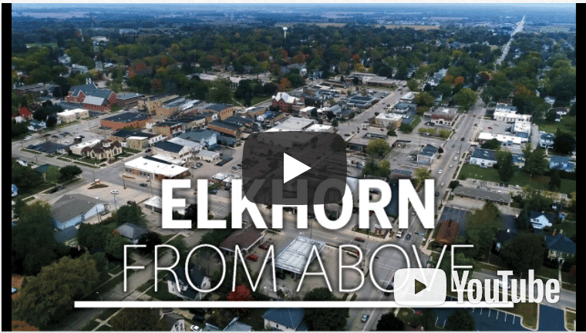Ever wonder why barns are typically, red??
If you've ever driven through a rural area like around here in Southeastern WI, it's likely that you've seen the red barns that accent the rolling green pastures. I came across this article from HowStuffWorks that explains rather well how and why barns got their looks and why red today is so "yesterday's color".
"Centuries ago, European farmers would seal the wood on their barns with an oil, often linseed oil -- a tawny-colored oil derived from the seed of the flax plant. They would paint their barns with a linseed-oil mixture, often consisting of additions such as milk and lime. The combination produced a long-lasting paint that dried and hardened quickly. (Today, linseed oil is sold in most home-improvement stores as a wood sealant). Now, where does the red come from?
In historically accurate terms, "barn red" is not the bright, fire-engine red that we often see today, but more of a burnt-orange red. As to how the oil mixture became traditionally red, there are two predominant theories:
1) Wealthy farmers added blood from a recent slaughter to the oil mixture. As the paint dried, it turned from a bright red to a darker, burnt red.
2) Farmers added ferrous oxide, otherwise known as rust, to the oil mixture. Rust was plentiful on farms and is a poison to many fungi, including mold and moss, which were known to grown on barns. These fungi would trap moisture in the wood, increasing decay.
Regardless of how the farmer tinted his paint, having a red barn became a fashionable thing. They were a sharp contrast to the traditional white farmhouse.
As European settlers crossed over to America, they brought with them the tradition of red barns. In the mid to late 1800s, as paints began to be produced with chemical pigments, red paint was the most inexpensive to buy. Red was the color of favor until whitewash became cheaper, at which point white barns began to spring up."
Stebnitz Builders remodels all types of homes and even the occassional barn. Some barns were remodeled for upkeep while others are transformed in to a fine living space. In fact, one of the last barns we renovated wasn't red or white. The homeowner wanted it to be a very rich yellow. For a look at the project's before and after photos, take a look at our Gazlo photo album.





